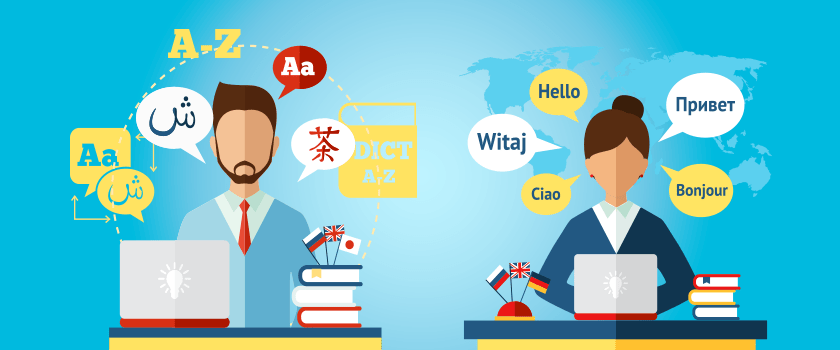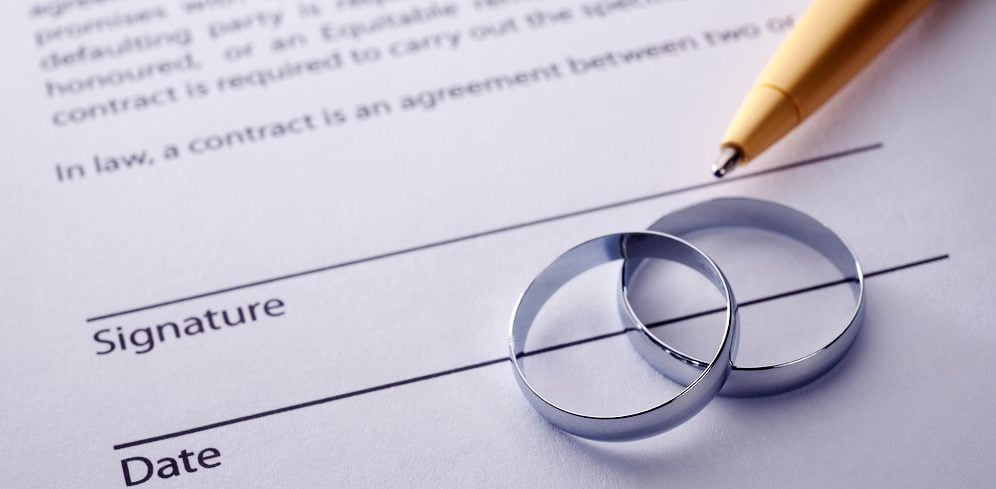Translation has gained relevance in the multicultural and multilingual situation in the UAE in that it has connected different communities in communication. In spite of the high rank of English as a dominant language in the world of business and everyday life, the necessity of translation between non-English language combinations increases especially in the territory of legal paper work, immigration, academic data and commercial texts. The Arabic into German and Arabic into Japanese are some of the most difficult among these language combinations. The two pairs offer a unique compound of linguistic, cultural, and contextual issues that cannot be overcome with merely fundamental bilingual skills.
This blog discusses the unique issues of the translation of Arabic to German and Japanese in the UAE setting. We also look at how the translators and language service providers in Dubai and other Emirates are considering such matters in order to deliver quality services and cultural accuracy.
Wording Distance and Grammatical Complexities
Linguistic distance between the target and the source language is one of the initial and most vivid issues in Arabic to German and Arabic to Japanese translation. Arabic is a Semitic language whose morphological richness, diglossia (formal and dialectical variants) and syntactic flexibility is incorporated in its long tradition. Translating Arabic into German, one will be faced with a strict grammar of German, compounds that are long and complex, as well as the complicated case system. This structural difference has the connotation that there is a good deal of restructuring that must be done by the translator; it is not merely a word-to-word translation overall.
On the other hand, there is another kind of challenge with translating to Japanese. Japanese, a language of Japonic is utterly unrelated to Arabic either lexically or structurally. The verb conjugations are context sensitive, and the three-script writing system (Hiragana, Katakana and Kanji) as well as the number of honorific expressions makes the three layer writing system a steep learning curve to translators. Besides, Japanese sentences drop the subject part, which makes it hard to keep clarity and directness that are usually enshrined in Arabic texts.
The task of translators in both instances is not only the ability to read and write in the source and target languages, but also the ability to possess a good command of the grammar and logic behind the rules that govern language construction and development of meaning. This causes human expertise and not machine translation to be a must within the process especially in the case of sensitive or formal documents.
Local Relevance and Cultural Interpretation
Another significant problem of working with such language pairs is cultural compatibility. Arabic is full of Islamic background, culture of traditional society and expressive linguistics particularly on formal or religious basis. German on the other hand tends to be precise, clear and cut, and legalistic in the use of wording at least in official documents. This distinction can be especially noted where a translation of legal agreements, educational records, or health records is necessary. Readers in Germany require a high degree of organization and clarity in the choice of words whereas the writings in Arabic tend to use figures of speech and exaggeration.
The cultural gap is further increased when one translates it into Japanese. Japanese communication prefers being less assertive, non-arrogant, and less confrontational by being polite and using honorifics and roundabout expressions. Arabic to Japanese translators have to reformat words that sound very assertive and self-important to Japanese readers. An example is the application of powerful religious connotation or idiomatic expressions in Arabic that would have to exert cultural neutralization or re-wording in order to appeal to the Japanese speaker.
Translators have a thin line to tread when it comes to the UAE context, where the challenge of intercultural communications is most complex already being thickly layered in business etiquette, government laws, and policies and diplomatic sensitivities. Instead, they do not just translate words of one language to another, they interpret tone, context, and social values. Thus, what is most important in the creation of not only accurate but also culturally adequate and contextually appropriate translations is the cross-cultural fluency as much as linguistic skill.
Certification, Legal Requirements and Shortage of Demands
One applied issue exclusive to the UAE translation market is whether qualified translators in these languages can be found, and are they acceptable. English↔Arabic translation is a highly regulated process of the UAE Ministry of Justice (MOJ) and the number of certified practitioners is rather large, but in the case of Arabic language translation into German and Japanese languages it is much less and the translators are in great demand due to specific projects.
An instance of legal translation is one that should be certified by certified bodies or translation agencies recognized by the local judges or embassies. In the Arabic Turkish case, it is the little less of the cupcake as it has European Embassies and diplomatic links in the UAE as well as more people who originated in Germany and live in those cities of Dubai and Abu Dhabi. Nevertheless, the necessity of knowledge in a particular subject or material, particularly, in a legal, technical, or medical domain, carries with it the disqualification of all bilingual speakers to get involved in high-stakes tasks.
On the contrary, there are very few Arabic-Japanese translator certificates. The Japanese expatriate population is also smaller, and the number of educational facilities that teach Japanese language in the area is much fewer, there is hence little new talent supply. Business in Dubai more frequently than not uses distant services of the translators in Japan which causes a prolongation of turnaround time and expenses particularly of the papers to be notarized or sent to the embassies. This service gap in domestic production also influences prices, and Japanese translation is usually one of the most costly business services per page.
With these issues, a few translation agencies in the UAE have begun to invest in special training curriculums, collaborate with universities, or introduce a hybrid review system in which a native Japanese or German proofreader would double-check the preliminary translation work of a bilingual Arabic speaker. This increases costs of operations but improves reliability and lessen legal risk to clients.
The Human Expertise and Technology Role
Although tools to do machine translation such as Google Translate, or AI-driven platforms have achieved great achievements, their application in Arabic to German or Arabic into Japanese translation is low. These languages are complex especially when it comes to grammar and cultural development meaning that such languages cannot be fully automated without risking their use as professional languages. An error involving the loss of tone or the literal mistake, or taken out of context may have devastating results–particularly when one is dealing with a translation of legal verdicts, or technical specifications, or academic credentials.
Nonetheless, there is the role of technology in the support. The translation memory tools and terminology databases aid in creating uniformity where large-volume projects are concerned and the optical character recognition (OCR) and document formatting tools make the processing even faster. Technologies provide translators with an opportunity to pay more attention to accuracy and nuance and less attention to the routine rather than other aspects in the fast-paced society where compliance is a priority in the UAE.
However, there should always be a qualified human translator who should go through the end product after it has been translated by the computer, and hopefully the human translator should be culturally aware of both the Arab world and the target culture. It is a human layer that cannot be replaced in a high-risk area such as healthcare, law, or finance. The increasingly high levels of cross-national communication in Dubai only supports the need of translation professionals who are able to have a profound linguistic understanding but are also able to understand context and have discipline in the process.
Drawing a conclusion: Guiding through complexity by precision
In such a city as Dubai where world ambitions and cultural diversity meet, the importance of translation services is not a formality; it is an international communication framework. In the case of language pairs such as Arabic Arabic→Japanese or Arabic→German which would be somewhat complex and rare pairs, the problem is much more than just the vocabulary. Translators are forced to balance grammatical deviance, cultural anticipations, legal provision and market facts and at the same time produce a work that has to be precise, consistent, and ethnically non-objectionable.
The expenses and deadlines of such translation services might belong to the more expensive category as compared to more common language combinations, but the complexity of expertise and focus on detail makes the investment worthwhile. Companies, lawyers and individuals who want to translate in these pairs have to consider quality, not convenience and go to specialized agencies that are able to capture the technical and human aspects of language.
The fact that the UAE strives to be a global crossroad implies that the demands of multilingual excellence can only increase. It is not only possible, but essential to surmount the obstacle of complex language combinations such as Arabic into German and Arabic into Japanese to the rivals of this fast-changing region as the success of cross-cultural exchange.


